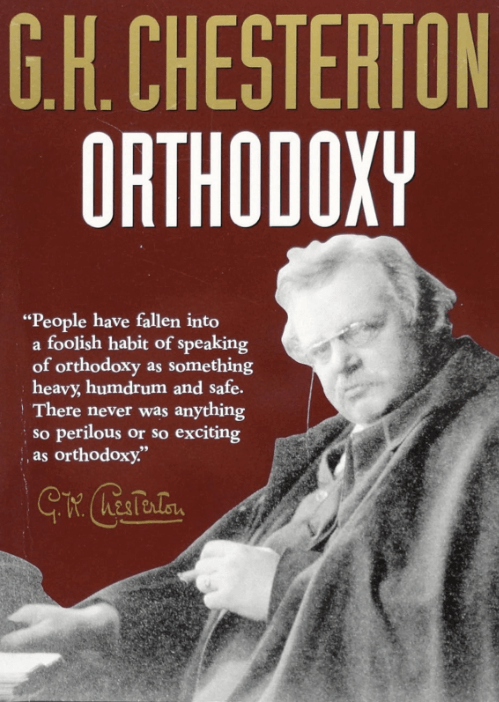The conclusion of the sexual revolution is about to be written.
The revolution began with the contraceptive pill, which unraveled the knot that tied sex to its biological purpose: children. The pill helped free women from the burden of unwanted pregnancy. But as the journalist Louise Perry has argued, it also brought social consequences ranging from a steep rise in casual sex to delayed marriage and lower birthrates.
Soon after the pill, in vitro fertilization (IVF) enabled women to conceive by combining sperm and egg outside of the body. They could then choose which embryo to implant. IVF was a technological solution to infertility. But, like the pill, its full implications are just coming into view.
A new technique called polygenic screening allows parents who use IVF to sequence the embryos they create to reveal their genetic propensities. Parents can then compare the chance that an embryo will eventually develop a trait like schizophrenia, high intelligence, or short stature if it were implanted. While parents may differ about which traits they would value, there’s no doubt many will use polygenic screening.

As IVF becomes cheaper and polygenic prediction more accurate, many parents will do IVF electively, so they can consciously select among genetically diverse embryos. Others will continue to do things the old-fashioned way, even if it’s riskier. Whatever choices particular couples make, the availability of new forms of embryo selection will further separate sex and reproduction.
This separation is jarring. Polygenic screening has obvious benefits, like boosting the chance that our children will have healthy and happy lives. But there are also potential costs. The hard part is trying to sort out when skepticism about new technologies like polygenic screening reflects a mere psychological prejudice, such as status quo bias, and when it might be justified.
The fact that something has obvious short-run benefits does not mean it’s good for us in the long run. Reasonable skepticism about polygenic screening can be captured by a well-known parable from G.K. Chesterton.

Chesterton’s fence
 Chesterton asks us to imagine a group of social reformers who are walking along a path and encounter a fence in the road:
Chesterton asks us to imagine a group of social reformers who are walking along a path and encounter a fence in the road:
“The more modern type of reformer goes gaily up to it and says, ‘I don’t see the use of this; let us clear it away.’ To which the more intelligent type of reformer will do well to answer: ‘If you don’t see the use of it, I certainly won’t let you clear it away. Go away and think. Then, when you can come back and tell me that you do see the use of it, I may allow you to destroy it’.” (Why I Am a Catholic, 1929).
The fence analogy colorfully conveys why some may be reluctant to embrace radical changes in government institutions, public policies, and social norms. It embodies the insight that stable institutions are hard to create and easy to destroy.
In the realm of reproduction, Chesterton’s fence reminds us that we should be wary of making sweeping changes in the genome without understanding what might go wrong.
For example, one problem with using tools like CRISPR to edit embryos is that—for now, anyway—off-target mutations are common when attempting to alter individual genes, let alone hundreds or thousands of genes. Even worse, in some cases we have no idea why some genes are correlated with traits like height or intelligence or cancer, or how they interact to shape those traits.
Chesterton’s fence suggests that we should avoid editing embryos, at least until we have more knowledge and better editing technology. We might even think we should avoid using any new reproductive technology until we can predict the total social consequences of doing so.
But this is wrong.
For one thing, parents who do polygenic screening select among whole genomes, each of which are perfectly natural combinations of sperm and eggs. Unlike gene editing, embryo selection doesn’t introduce any new risks to the IVF process. Instead, it gives us a sense of which embryo is less likely to develop a disease that we worry about—or more likely to possess a trait that we care about.
Still, the distinction between embryo selection and gene editing is not as stark as it might seem. Genes mutate all the time; indeed, mutation drives evolution. If random mutations are a constant part of nature, there’s nothing intrinsically wrong with altered genes.
When editing is safer, and we have more complete knowledge of how genes interact to shape traits, there will no longer be a bright line between waiting for sperm and eggs to mutate or combine in favorable ways, on one hand, and intervening to directly edit embryos, on the other. At some point, using gene editing to “spell check” an embryo may be as common as using software editing tools to spellcheck an essay you’ve composed on your computer.
Darwin’s hope
Eventually, a combination of embryo selection and gene editing may be essential just to stay where we are now. This is because the modern world has been quietly fostering the accumulation of deleterious mutations in all of us. Genetic mutations occur throughout our lives, and some are passed along to our children. Most mutations are either neutral or harmful from the standpoint of fitness. Traditionally, many harmful mutations would be eliminated by natural selection: Children born with poor eyesight, a disposition to develop cancer, or a poorly functioning immune system would simply die before reproducing.
But modern medicine allows us to fix the consequences of mutations with treatments like laser surgery for poor eyesight, chemotherapy for childhood cancer, or vaccines and antibiotics to stave off infections. Those who can’t afford such treatments on their own are often subsidized by social welfare programs funded by taxpayers.

Charles Darwin worried about the collective consequences of these interventions, but still supported them for humanitarian reasons:
With savages, the weak in body or mind are soon eliminated; and those that survive commonly exhibit a vigorous state of health. We civilized men, on the other hand, do our utmost to check the process of elimination; we build asylums for the imbecile, the maimed, and the sick; we institute poor laws; and our medical men exert their utmost skill to save the life of everyone to the last moment… No one who has attended to the breeding of domestic animals will doubt that this must be highly injurious to the race of man. (The Descent of Man, 1871).
Darwin hoped that a better understanding of genetics might lead us to solutions like “judicious marriages” and other non-coercive interventions to prevent genetic deterioration.
A century and a half later, it’s possible that we can mimic the benefits of natural selection by using genetic technology to minimize the likelihood that our children will suffer from the consequences of novel mutations.
What would Chesterton have to say about all of this?

Chesterton’s post
“Chesterton’s fence” holds that we shouldn’t tear a fence down until we understand why it was built. But Chesterton developed an opposing metaphor, which I call “Chesterton’s post” in the new edition of my book on genetic enhancement:
Conservatism is based on the idea that if you leave things alone you leave them as they are. But you do not. If you leave a thing alone you leave it to a torrent of change. If you leave a white post alone it will soon be a black post. If you particularly want it to be white you must be always painting it again. Briefly, if you want the old white post you must have a new white post. (Orthodoxy, 1908).
This metaphor perfectly captures the fact that evolution never stops—that entropy is a pervasive miasma that leads to disintegration and decay. In the absence of purifying selection, and in the presence of the modern welfare state, which protects us from the ravages of disease and famine and scarcity, we will likely experience a rise in deleterious mutations, along with other genetic pathologies.
The late evolutionary psychologist John Tooby argued that if we don’t embrace genetic engineering we will eventually suffer “genetic meltdown,” which happens when we spend a steadily increasing amount of our time and resources trying to fight the consequences of harmful mutations with medications and social interventions. Some genetic changes may also be needed to avoid novel threats to our health and well-being, especially from parasites and environmental changes.
Those who reject radical enhancement may need to embrace some amount of genetic engineering simply to stay where we are now. We may need to keep repairing the post just to preserve the parts of it that we cherish.
Jonathan Anomaly is the academic director of the Center for Philosophy, Politics, and Economics in Quito, Ecuador. His new book is Creating Future People: The Science and Ethics of Genetic Enhancement. Find Jonathan on X @JonathanAnomaly































